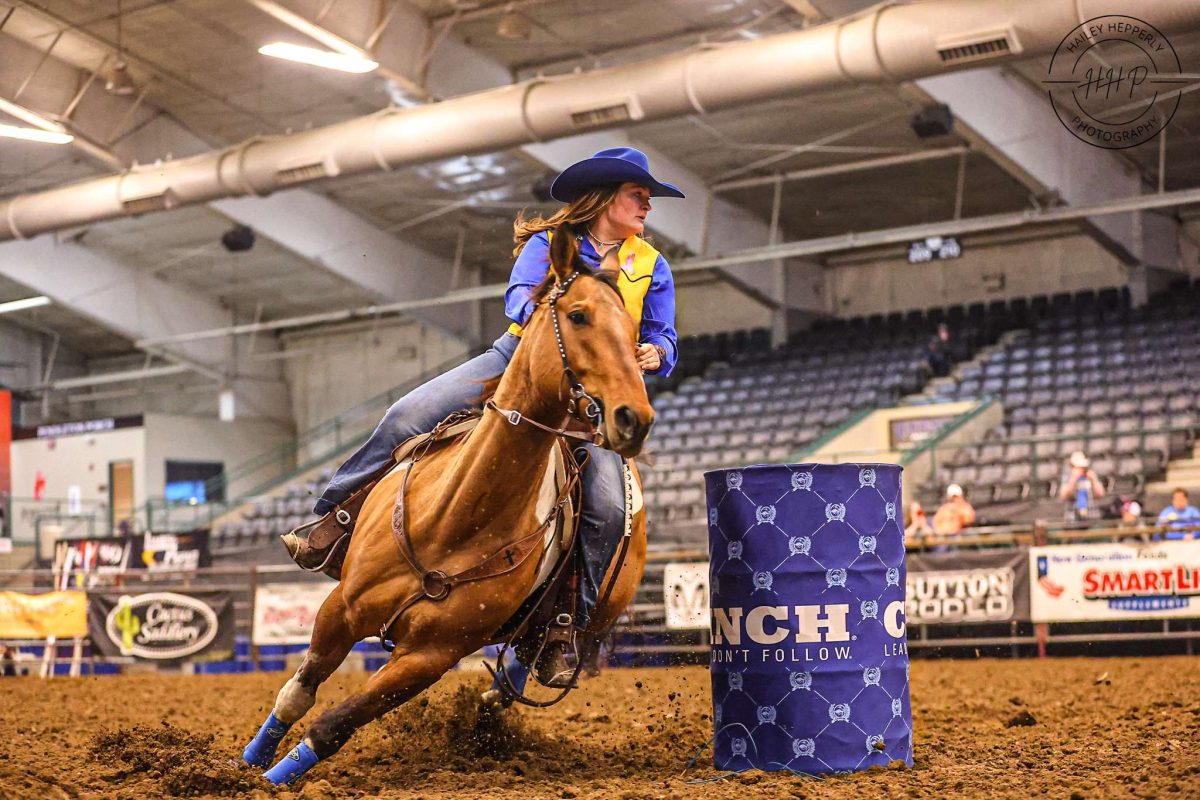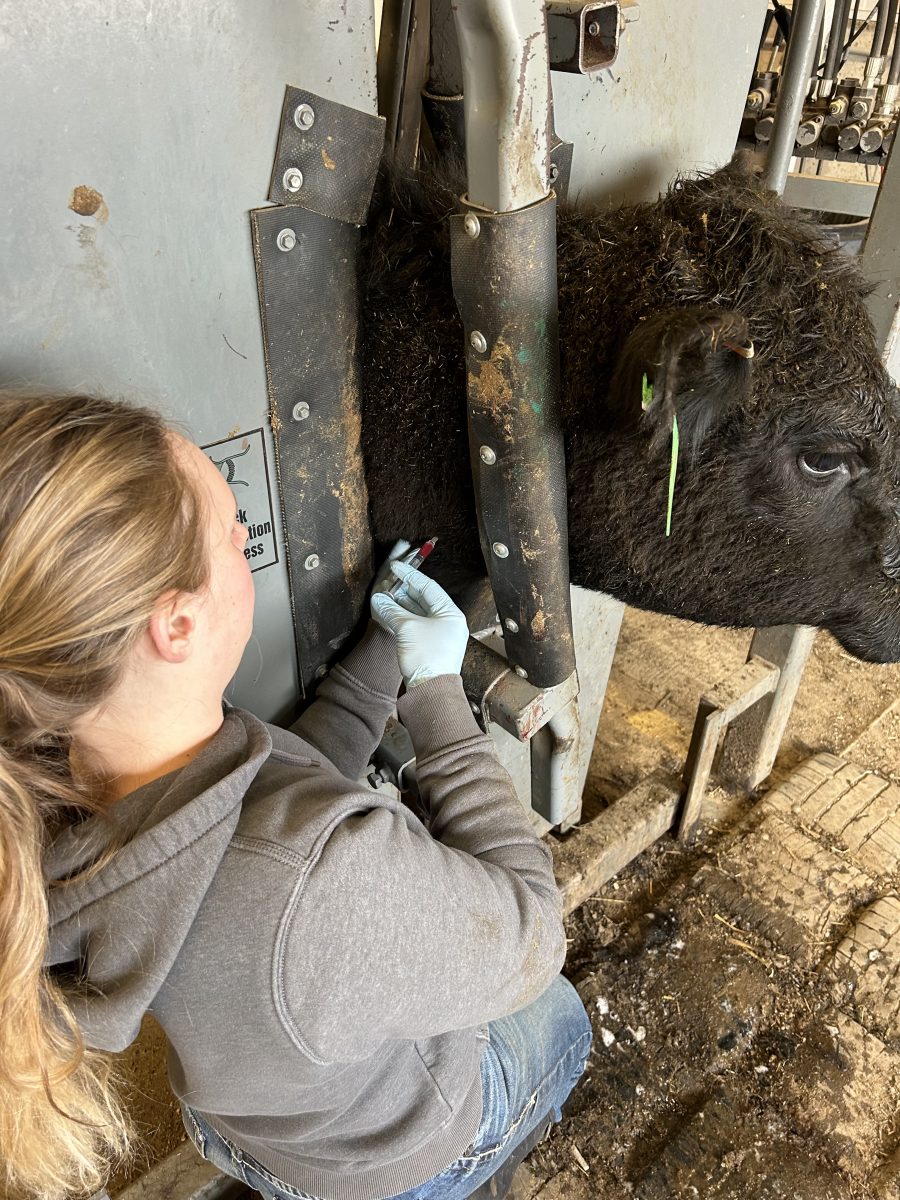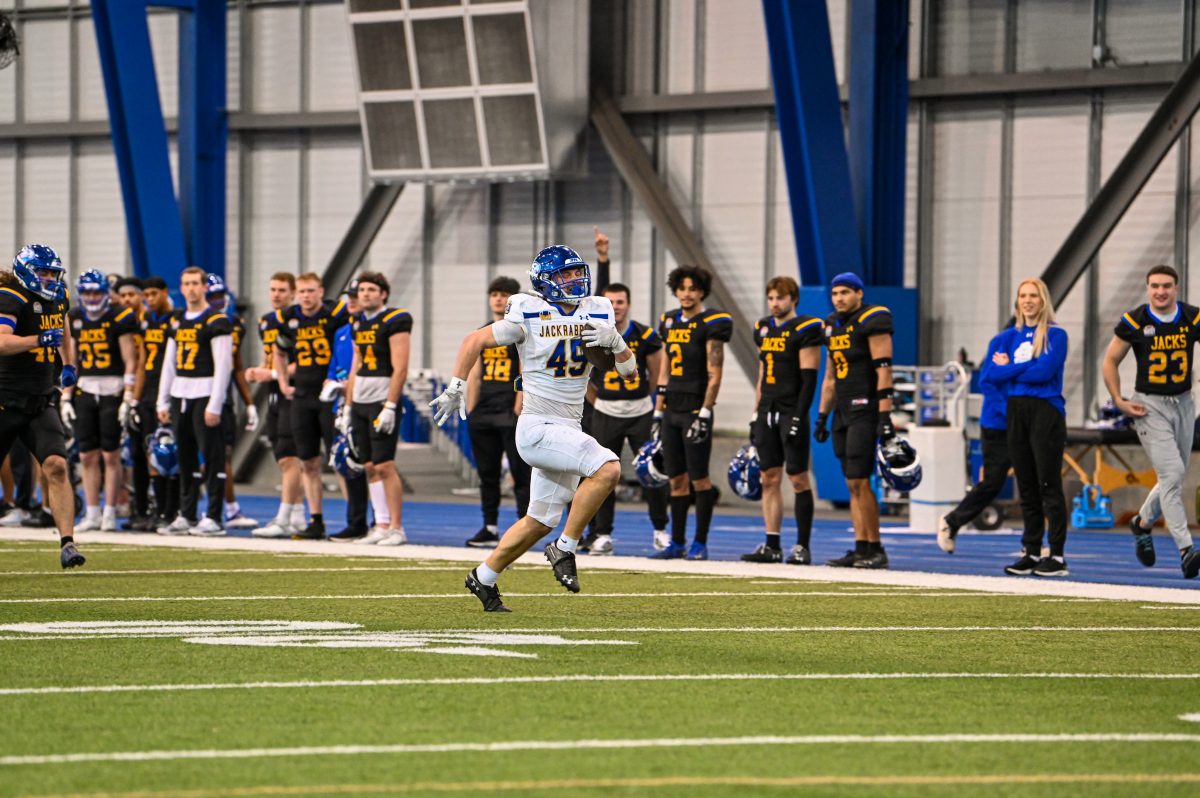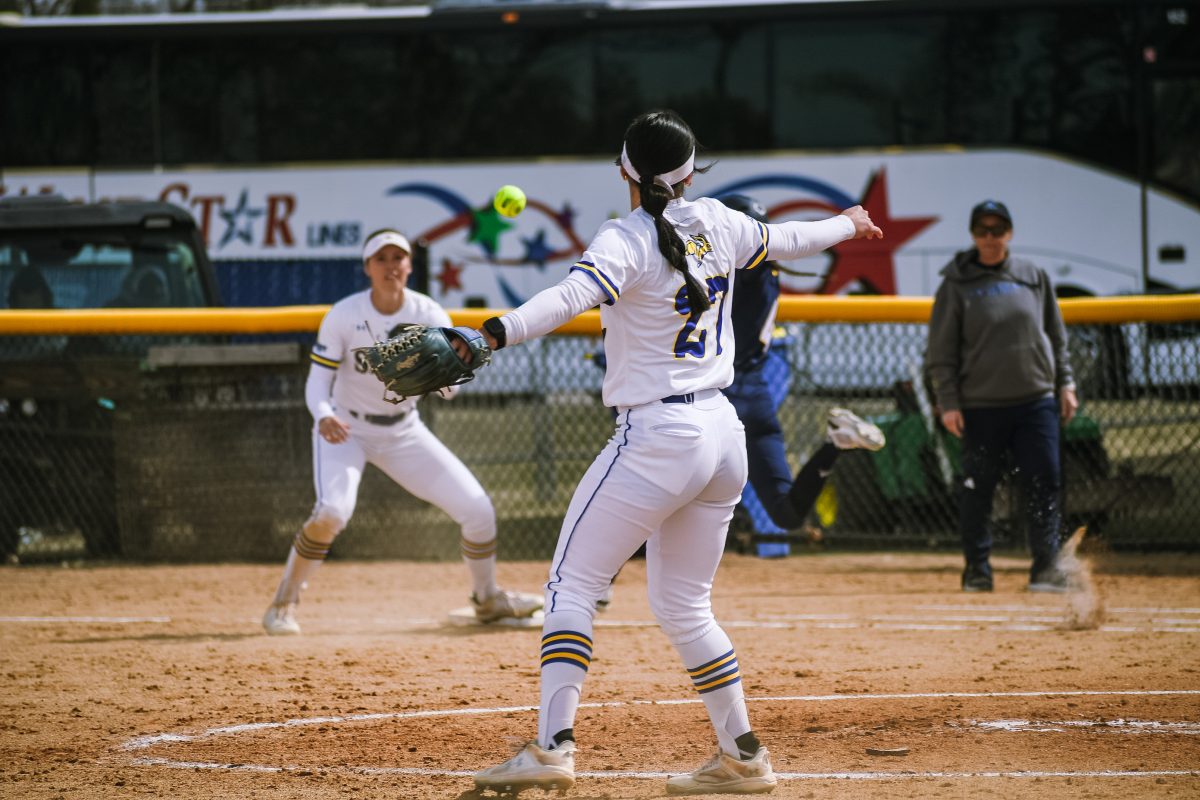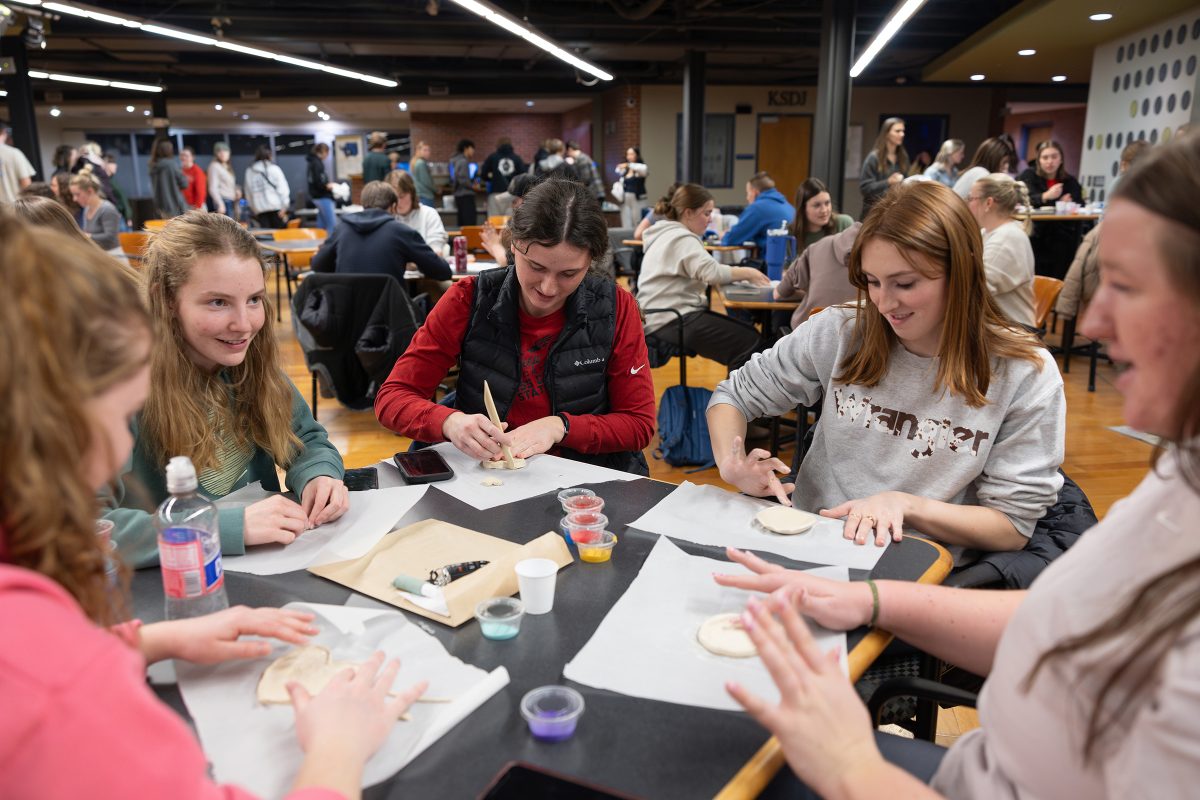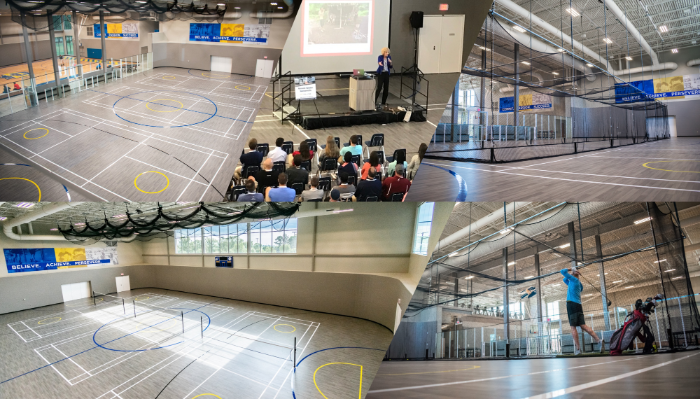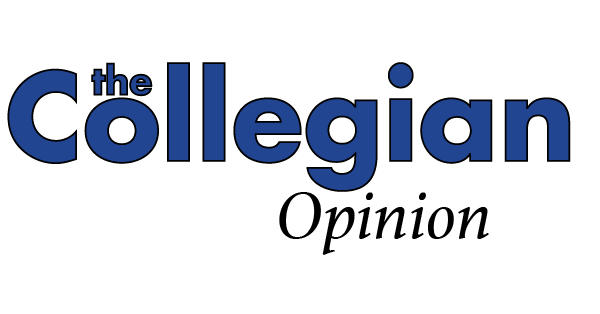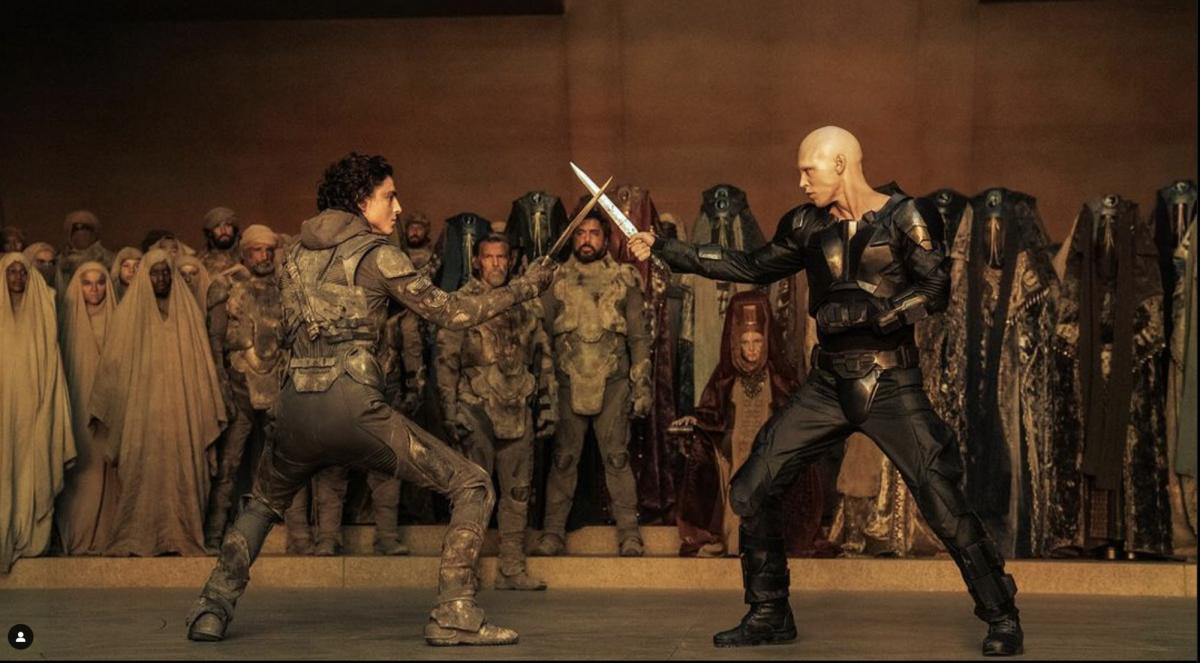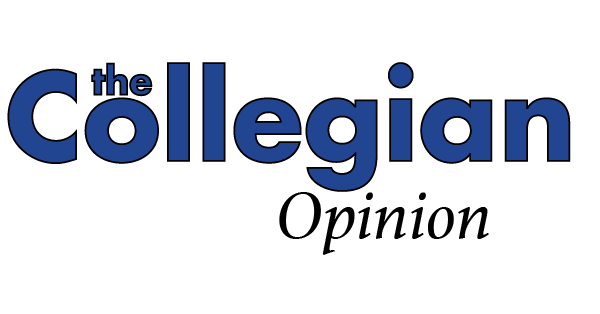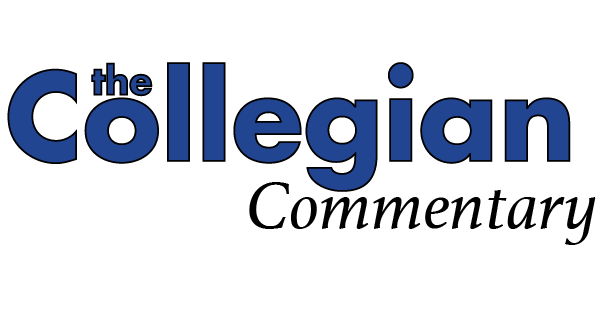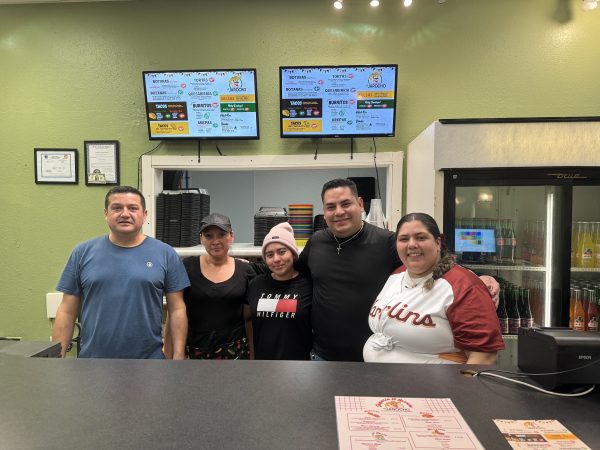Following the source of their inspiration
October 8, 2014
A movement that started at Harvard and spread to SDSU now has two SDSU students going back to where it all began.
Semehar Ghebrekidan, junior global studies major, and Graciela De Reza, senior psychology major, are traveling on a university-funded trip to Harvard University for the I, Too, Am Harvard Blacktivism Conference on Oct. 10 through 12.
This year is the first time the Blacktivism conference will be held. It is being held in relation to the I, Too, Am Harvard movement against microaggressions, that came out in March of 2014. SDSU had a similar movement led by Ghebrekidan in April 2014.
“It’s a microaggression awareness campaign,” Ghebrekidan said. “Microaggressions are everyday belittlements that people may say to you upon meeting you the first time or just being used to you.”
According to Ghebrekidan, she had been corresponding with a woman named Ashley on the I, Too, Am Harvard website and the students in the I, Too, Am Harvard movement invited Ghebrekidan to the Blacktivism Conference. Ghebrekidan invited De Reza to go the conference.
“We both could learn different things at this conference and to be able to bring back to our school and our different, separate organizations to be able to make them better as well,” Ghebrekidan said.
De Reza is the president of the Gay Straight Alliance and the vice president of the Latin American Student Association. Ghebrekidan is the Black Student Alliance president and the LASA Ex-Officio for Students Association.
“I saw that they are having a workshop on how to be a leader and communicating these ideas of inclusion and diversity within your own community or even just being a leader in the community,” De Reza said. She wants to bring back the lessons she learned from the conference and “positively market” them to GSA and LASA.
The conference will have eight workshops and those attending the conference can choose to attend two.
Ghebrekidan said the workshops focus on social media, how to lead a group and the emotional struggles that leaders may encounter.
De Reza said that she is interested in learning about the students that started the #itooamharvard campaign. “It’s refreshing, almost, to know that it happens everywhere but at the same time it’s like why can’t this be done with already,” De Reza said.
“They will represent SDSU well and will very likely bring back exciting ideas to further enhance the work that must be done here in South Dakota to further the safety, equality and appreciation of all people,” said Ruth Harper, a counseling and human development professor.
Last year Ghebrekidan started the #itooamsdstate social media campaign at SDSU.
“Different students have come up to me and Graciela and talk about how they’ve seen different things change,” Ghebrekidan said.
The I, Too, Am Sdstate movement had pictures of students holding up signs that said things that people had said to them in the past.
“It’s [the movement] kind of sparked that interest in trying to educate themselves or watching their own language on what they say,” De Reza said.
According to Ghebrekidan students have come up to her and De Reza and told them that they have seen changes on campus since the campaign.
“You see different cultures within faculty and within the students,” said Courtney Gusso, a fifth-year senior early childhood education major.
Develyn Vetos, a sophomore bio/ pre-med major said that he thinks there is diversity on campus. “There’s a variety of people from a variety of places,” Vetos said. Even though the I, Too, Am SDState movement has been actively promoted on social media by Ghebrekidan and others involved, there are students who do not know about it, or have not felt any impact.
“I do not think that the campaign created more conversation and awareness outside of a select group of students,” said Adam Wek, junior political science major. “I have personally not heard a single conversation about this movement, so I don’t know if it has had that great of an impact.”
Wek said that SDSU needs to let diversity just happen. “A marketing campaign cannot make people accept differences amongst the student population,” Wek said.
In the future, Ghebrekidan wants to connect with other faculty members on campus and schools that she hasn’t been able to contact yet.
“I hope to connect with teachers and faculty members on campus and help them see how students feel and also to be able to indirectly change the route of the Multicultural Center expansion to be able to come upstairs to Main Street of The Union because it is just an important part of this campus,” Ghebrekidan said. “Overall, our message is to realize what you say and understand that what you say to somebody may hurt somebody no matter if you think it does or not.”

